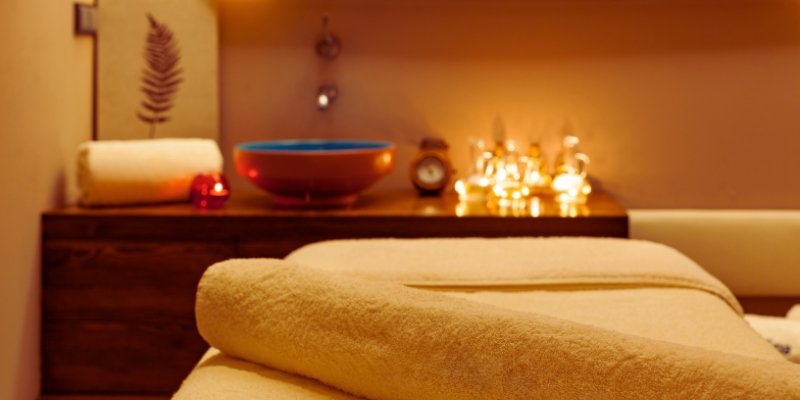Starting a massage business in Singapore can be a rewarding venture, given the city’s growing wellness industry. However, it requires careful planning and adherence to regulations. This article will explore the essential steps to set up your massage business, including licensing, market analysis, business planning, and operational strategies.
Understanding the Regulatory Landscape

Before diving into the operational aspects, it’s crucial to understand the regulatory environment governing massage establishments in Singapore. The Massage Establishments Act requires all operators to obtain a Massage Establishment Licence from the Singapore Police Force. This license ensures that businesses comply with safety and ethical standards, which helps maintain the integrity of the industry.
To apply for this license, you’ll need to submit various documents, including a business profile from the Accounting and Corporate Regulatory Authority (ACRA), a No Objection Letter from the property management, and proof of professional qualifications for your staff. The application process can take time, so it’s advisable to start early and ensure all documentation is in order.
Conducting Market Research

Market research is another critical step when starting your massage business. Understanding your target audience, competitors, and market trends will enable you to position your services effectively. Singapore’s wellness market is diverse, with various segments including traditional massage, spa treatments, and therapeutic services.
Identifying a niche can give you a competitive edge. For instance, you might focus on specific types of massage, such as sports massage or prenatal massage, which cater to particular demographics. Additionally, analyzing competitors can provide insights into pricing strategies and service offerings, helping you refine your unique selling proposition.
Crafting a Solid Business Plan

A well-structured business plan is essential for any startup. This document should outline your business model, marketing strategy, operational plan, and financial projections. Your business model should clarify how you intend to generate revenue, whether through direct services, memberships, or packages.
In your marketing strategy, consider both online and offline channels. Digital marketing, including social media and search engine optimization, can significantly enhance your visibility. Offline strategies, such as partnerships with local gyms or wellness centers, can also help attract clients. Financial projections should include initial startup costs, ongoing expenses, and expected revenue, ensuring you have a clear financial roadmap.
Setting Up Operations

Once you have your license and a solid business plan, it’s time to set up operations. This includes finding a suitable location, hiring qualified staff, and equipping your massage center with the necessary tools and facilities. The location should be accessible and ideally situated in an area with high foot traffic or near complementary businesses.
Hiring skilled therapists is critical for delivering high-quality services. Ensure that your staff holds valid certifications and is trained in customer service, as client satisfaction is paramount in the wellness industry. Additionally, investing in comfortable and high-quality equipment will enhance the client experience and encourage repeat business. Learn more about hiring skilled staff from MOM.
Conclusion
Starting a massage business in Singapore is an exciting opportunity, but it requires careful planning and adherence to regulations. By understanding the regulatory landscape, conducting thorough market research, crafting a solid business plan, and setting up efficient operations, you can establish a successful massage establishment. As the wellness industry continues to grow, positioning your business strategically will not only attract clients but also ensure long-term sustainability in a competitive market.






